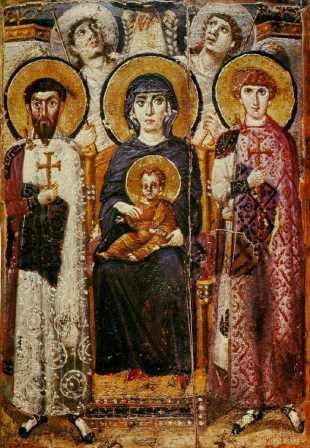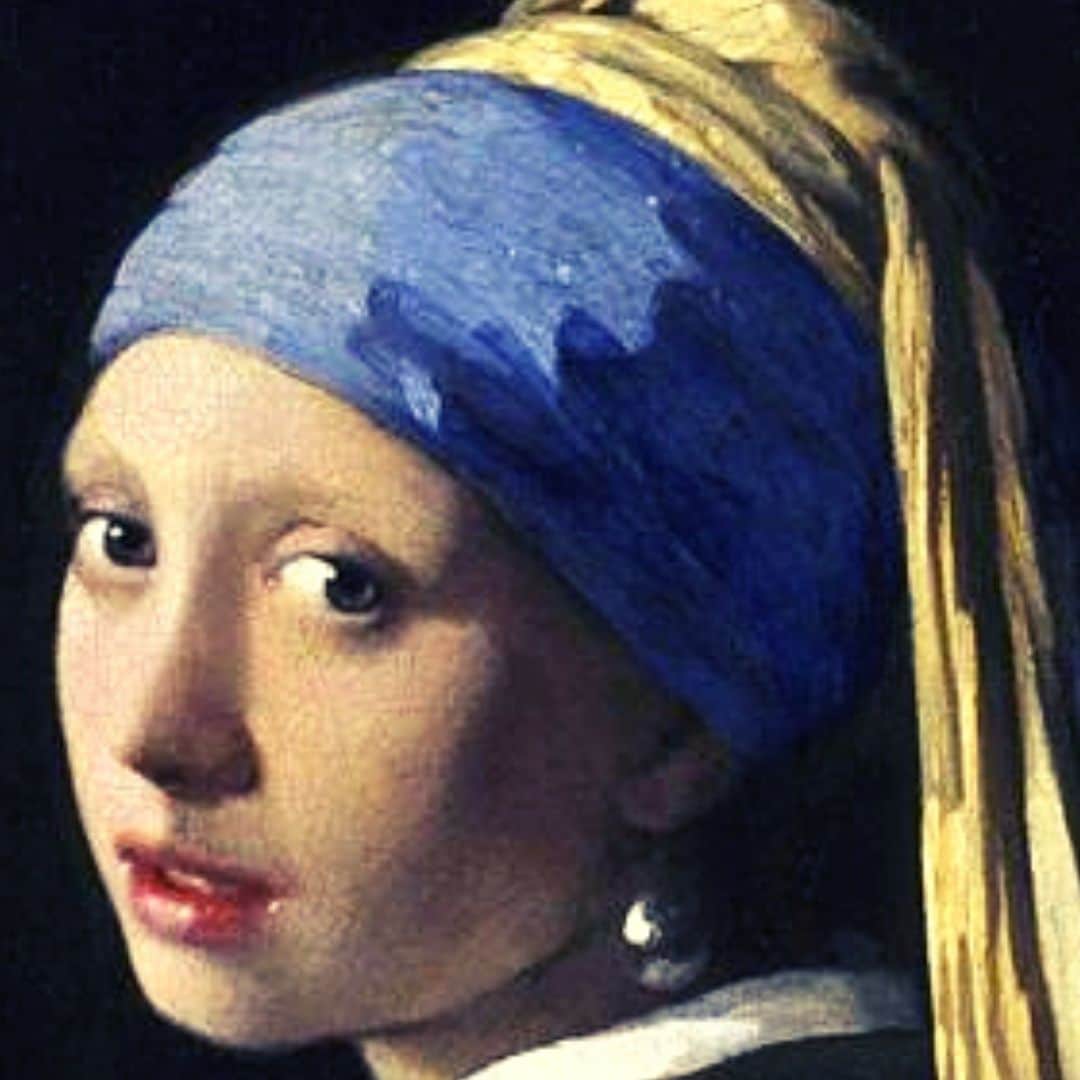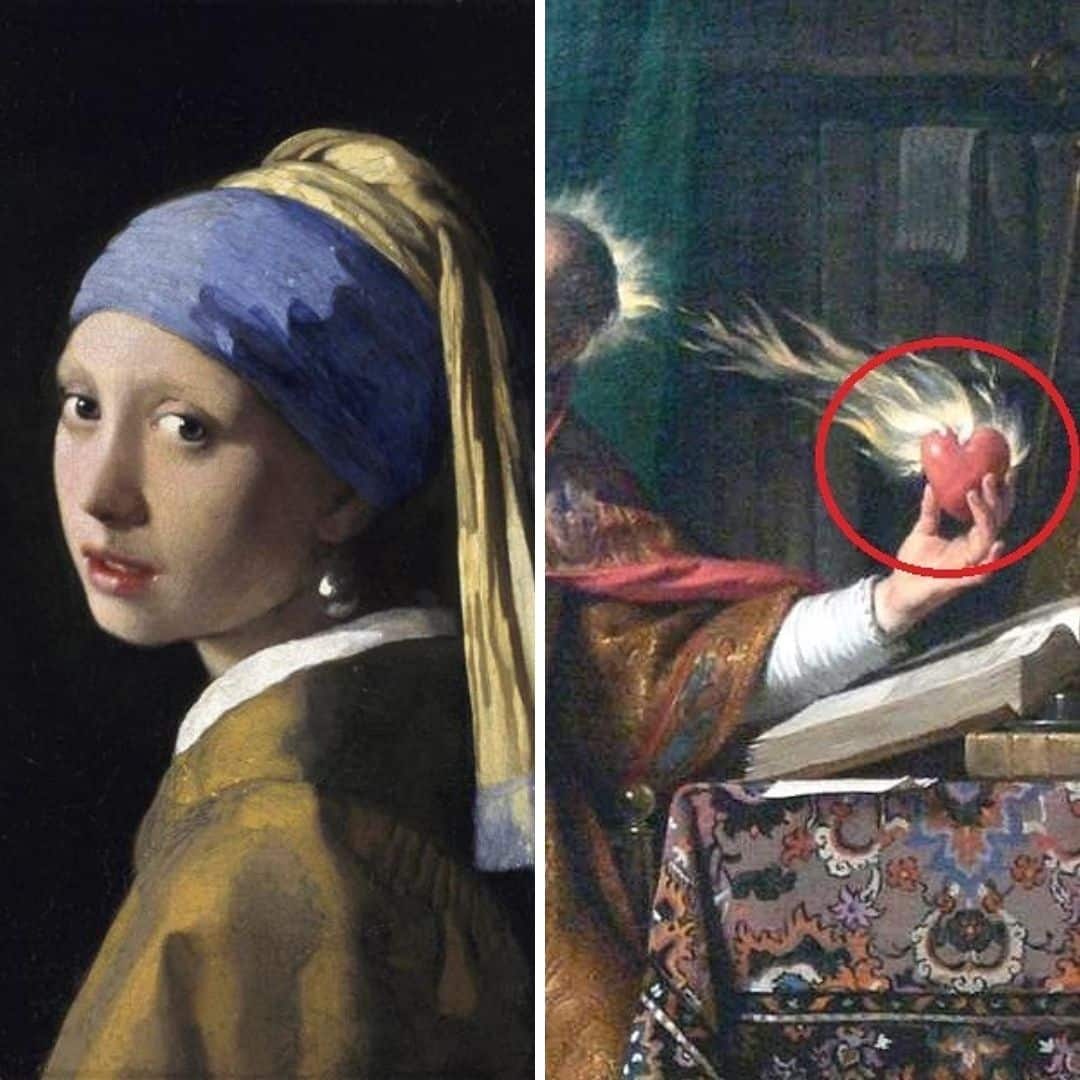Mary Mother of Jesus , also called the Virgin Mary or Our Lady
Mary Mother of Jesus is, through her motherhood to Jesus Christ, a figure of important veneration in the Christian Church since apostolic times.
There are countless titles attributed to Mary associated with her representations.
Like the representations associated with the 4 dogmas of Mary (Maternity of Jesus, Virginity, Immaculate Conception and Assumption).
But also those associated with other titles usually related to popular religiosity or with the places of the apparitions.

This is the case of the Apparition of Our Lady of Fatima in Portugal, currently a place of Pilgrimage
In this article we will look at the iconography and representations of Mary Mother of Jesus
You can develop your knowledge of iconographic analysis in the online course Iconography.
The interest of artists, musicians and authors in the figure of Mary Mother of Jesus was increasing, especially from the Gothic period on.
But even earlier representations have survived, especially in frescoes and icons.
Icon of the Virgin Mary with Saint George and Saint Theodore. Monastery of Saint Catherine, on Mount Sinai (VI/VII century).
Who was Mary Mother of Jesus ?
The biblical references to her do not allow, by their number, to assemble a coherent picture of who Mary really was.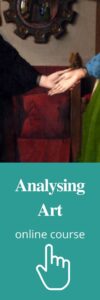
The Gospels of the New Testament attest to her humility and obedience to God’s message.
Thus, the tradition of the Catholic Church has developed around her a doctrine that makes Mary an example for all Christians.
Also the apocryphal texts of Pseudo-Matthew, James and the Transitus Mariae give us information about Mary.
The little that is revealed from the textual sources tells us that she belonged to the lineage of King David (through her marriage to Joseph – Luke 2, 4).
The miraculous conception of Mary Mother of Jesus
And that she was the daughter of Anne and Joachim, having also been conceived miraculously: her parents were already elderly when an angel announced to them that she would be born.
At the age of two, she was presented to the Temple, and at the age of twelve, she married Joseph (Luke 1:26-27).
First reference to Mary Mother of Jesus
The first reference to Mary Mother of Jesus in the New Testament is found in the episode of the Annunciation (Luke 1:26-38).
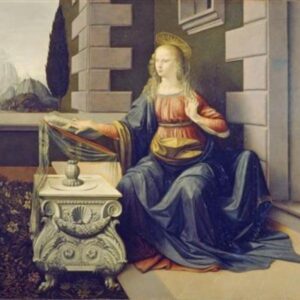
In this one it is stated that she lived in Nazareth and was engaged to Joseph.
The sources tell us that Mary the mother of Jesus was praying or weaving the mantle of the Temple of Jerusalem when the Angel Gabriel appeared to her.
Announcing that the Savior would be born of her and that her cousin was also pregnant, after which Mary goes to visit Elizabeth.
In Luke 1:39-40, this encounter is described (The Visitation).
The Visitation in illuminations
Illustration from the Book of Hours of Rouen (15th century).
You can see below these fantastic illuminations with representations of episodes of the life of Mary Mother of Jesus having at the center the Visitation.
On the sidebands, we can also see representations of Original Sin (Adam and Eve), the Embrace at the Golden Gate (Anne and Joachim) and the wedding of the Virgin (Mary and Joseph).
After the moment of Jesus’ birth (Luke 2:1 ff.), Mary Mother of Jesus appears mentioned in numerous episodes alongside her Son, such as:
The Presentation in the Temple
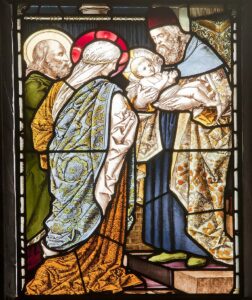
Presentation of Jesus – Stained-glass window in St. Nicholas Church in Örebro, Sweden
The Adoration of the Magi
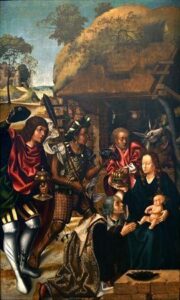
The Adoration of the Magi, Grão Vasco, Viseu, Portugal
Read more about this representation in the article The Adoration of the Magi.
The Flight into Egypt
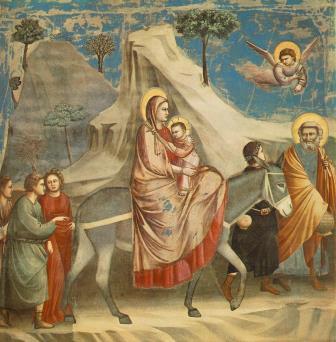
The Flight into Egypt. Giotto’s Fresco (Scrovegni Chapel, Padua, 14th century)
The Wedding at Cana
(although her name is not directly mentioned: John 2:1).
And the moments surrounding the Crucifixion of Jesus.
These and those referring to the Nativity are the episodes in which she assumes most importance.
Showing the acceptance of Mary Mother of Jesus before the birth, life course and dramatic death of her Son, who is the Savior.

